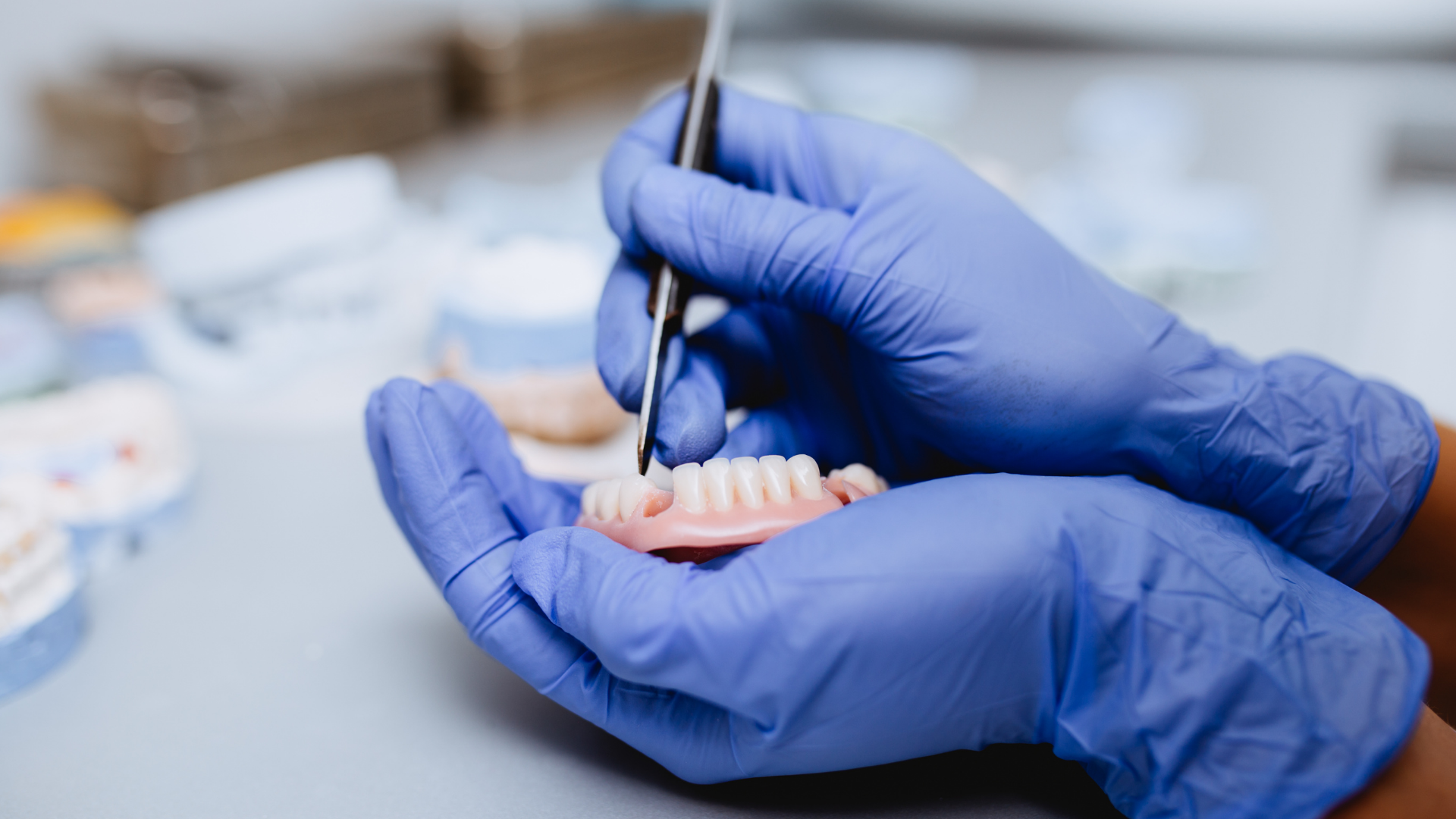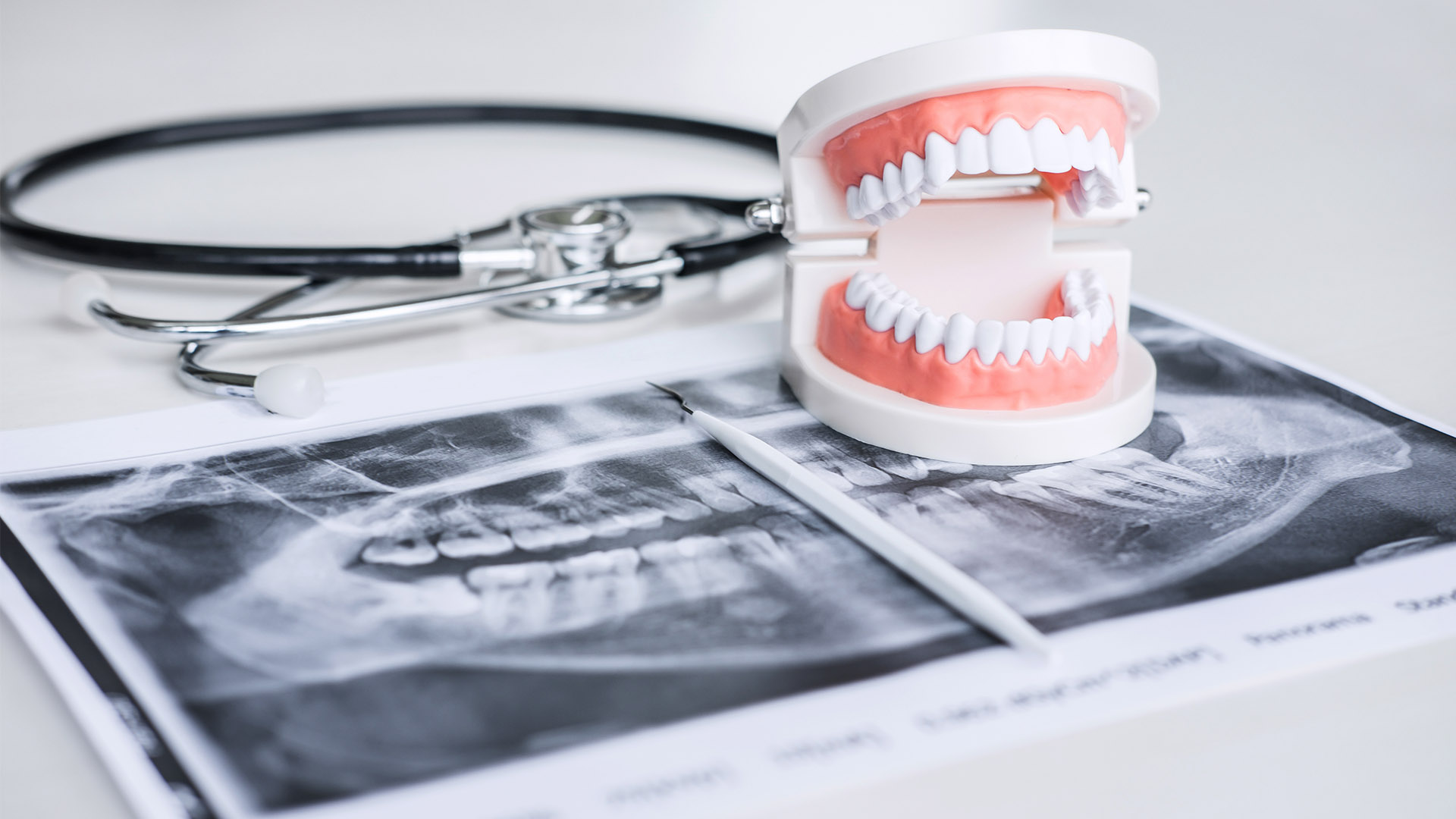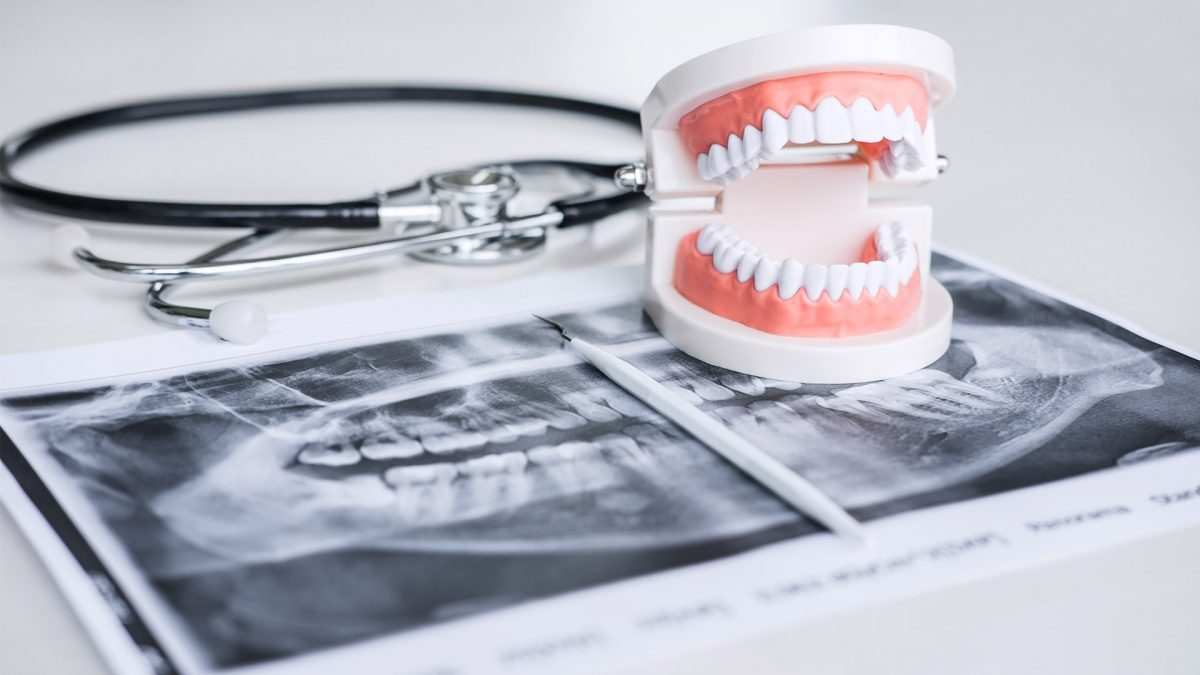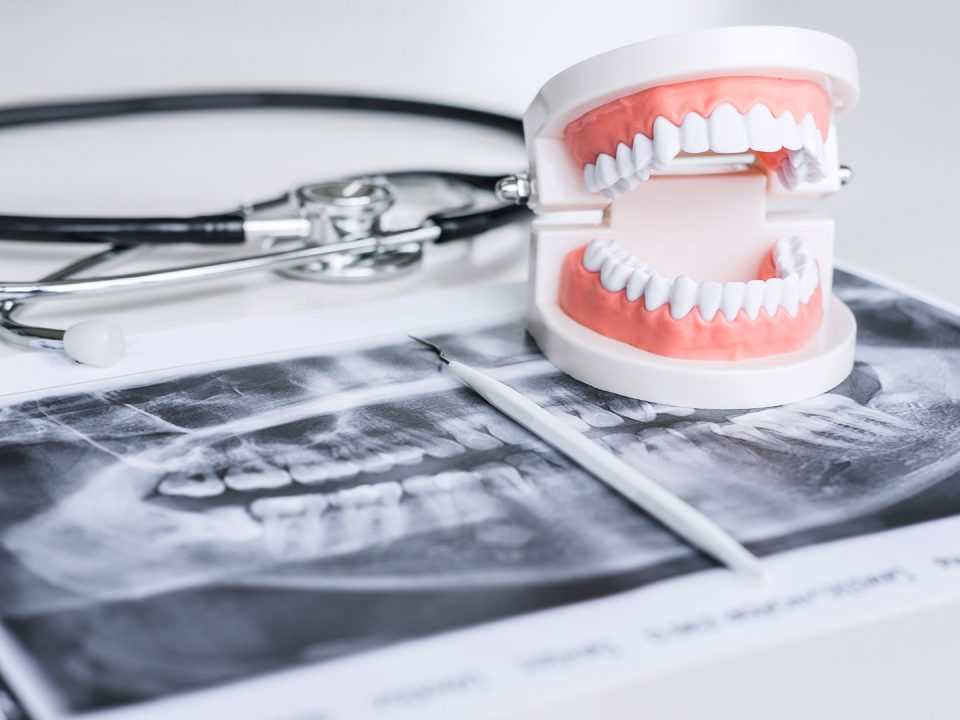
Aesthetic-functional rehabilitation of upper and lower arches
28 February 2020
Masticatory muscle evaluation in patients with crossbite after rapid palatal expander treatment
21 March 2020The desired outcomes of reversible therapy with occlusal appliances in temporomandibular disorder cases are essentially a masticatory muscle relaxation and reduction of headache. Therefore, the success of reversible therapy on pain appears to be paramount for long-term rehabilitation.
The optimum adjustment of occlusal appliances – crucial to their effectiveness – has been performed so far by standard procedures aimed to achieve homogeneous point-shaped dental contacts on the appliance.
In spite of that, Tecco and colleagues demonstrated that relying on a functional muscular evaluation able to monitor the synergistic action of masticatory muscles is a more effective way to ensure a positive outcome of an occlusal appliance treatment.
Teethan test’s ability to quantitatively describe the health status of temporal and masseter muscles and their overall balance during occlusion was their technology of choice.
Indeed, Teethan was used to calibrate the occlusal appliance placing by achieving a condition of muscular balance and relaxation according to Occlusal Test’s indexes.
By monitoring clinical outcomes - such as scales of pain, functional pain during mandibular function and presence of headaches - after 4 weeks and 8 weeks of a 22 hour per day treatment with occlusal appliance, those subjects who were treated with Teethan-aided occlusal appliances showed early improvements of symptoms.
Even more interesting is the fact that headaches improved by 68.5% using Teethan as a calibration tool whereas the improvement obtained by means of classical calibration was of about 13%.
This results clearly show that a better adjustment of the appliance was performed when using Teethan, helping the clinician to increase the predictability in the balance of the bilateral contacts of the occlusal appliance.


